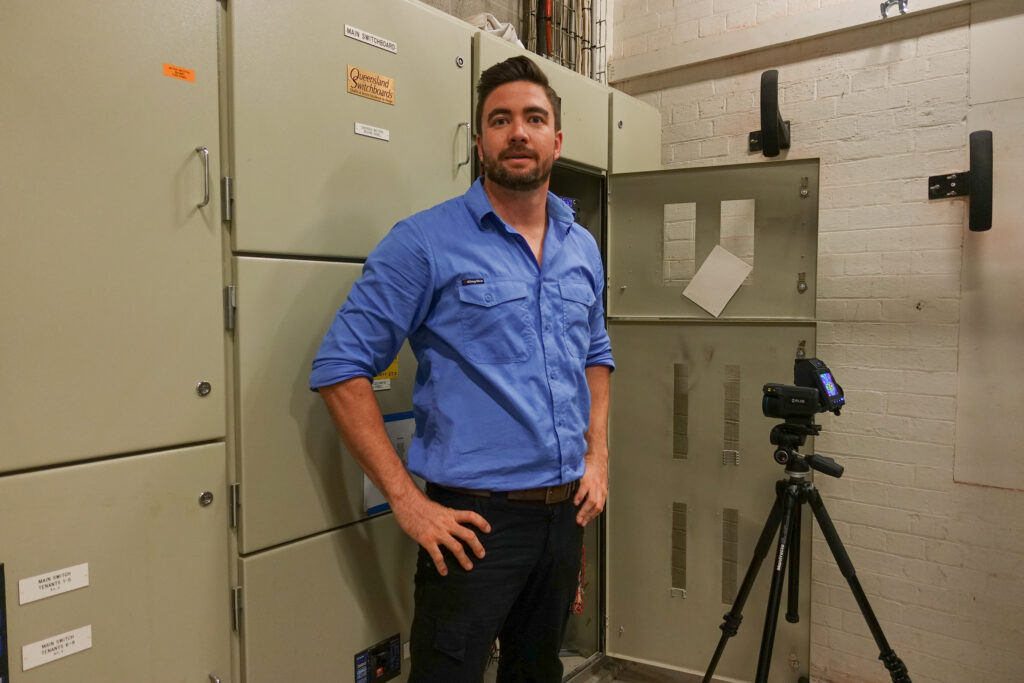
One of the key benefits of thermal imaging is that it allows for inspections to be conducted without shutting down the system, saving a significant amount of time and money. Additionally, thermal imaging can be used to inspect systems that are difficult to access, such as those located in tight spaces or high up in the air. This makes it a safe way to inspect electrical systems as it reduces the risk of accidents or injury.
Another advantage of thermal imaging is that it is a non-destructive method of inspection. This means that it does not damage the equipment being inspected, in contrast to traditional inspection methods which can cause damage. This makes it a safer way to inspect electrical systems as it eliminates the risk of creating safety hazards.
Thermal imaging technology has become more affordable and user-friendly in recent years. There are now a variety of thermal imaging cameras available on the market, many of which are designed for use by non-experts. This makes it easier for electrical contractors and maintenance personnel to conduct regular inspections and identify potential issues before they become serious problems.
In summary, thermal imaging is a safe, efficient and cost-effective way to inspect electrical systems. It can help prevent potential fires or power outages and it is a non-destructive method of inspection. As thermal imaging technology continues to improve and becomes more affordable, it is likely to become an increasingly popular tool for maintaining electrical systems. Therefore, it’s important to consider using thermal imaging for electrical systems inspection for safety and efficiency reasons.